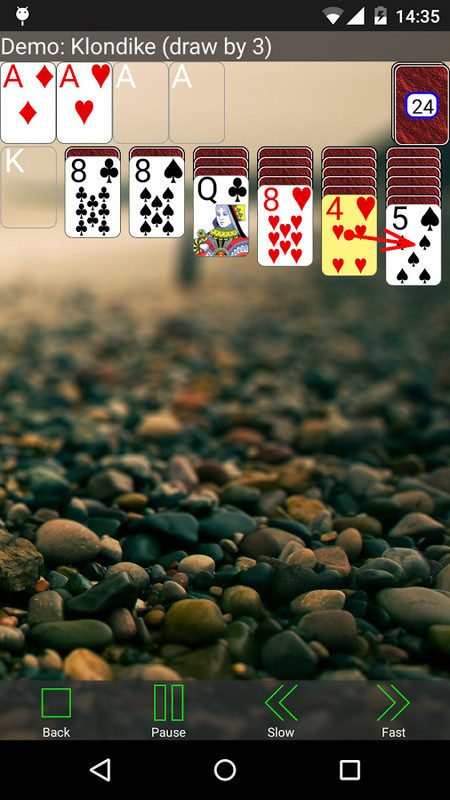

The Equation Editor includes a toolbar that has many math symbols (e.g., greater than or less than sign, infinity, equal sign) and templates (e.g., fractions, summations, integrals). Once you open the Equation Editor, a screen appears where you can manage and edit your math equations. The Equation Editor lets you insert symbols and build complex equations. This document explains the Equation Editor and how it can be used to create equations. The Equation Editor lets you easily choose from a toolbar containing math symbols or templates you may need. There are times when you may need to write fractions, summations, or insert symbols into your document. While creating your Word document, you may need to use mathematical expressions. This article is based on legacy software. You can free download Equation Editor and safe install the latest trial or new full version for Windows 10 (x32, 64 bit, 86) from the official site.(Legacy) Microsoft Word 2003: Working with the Equation Editor NOTE: the website of the author of Equation Editor is no longer active, but you can always obtain the program from our server, through the private download option. Once this is done, the program will automatically recalculate the result of the equation. On the other hand, Equation Editor allows you to replace the values of the equations at any time.

In addition, you can store the equations, to edit them in the future with different parameters. You will also have the possibility of using logical operations such as OR or AND. To each of the equations you edit with Equation Editor, you can add as many terms, expressions and operators as you want. Equation Editor is a mathematical utility, totally free, that allows you to edit your own equations in a very intuitive visual graphic environment.


 0 kommentar(er)
0 kommentar(er)
